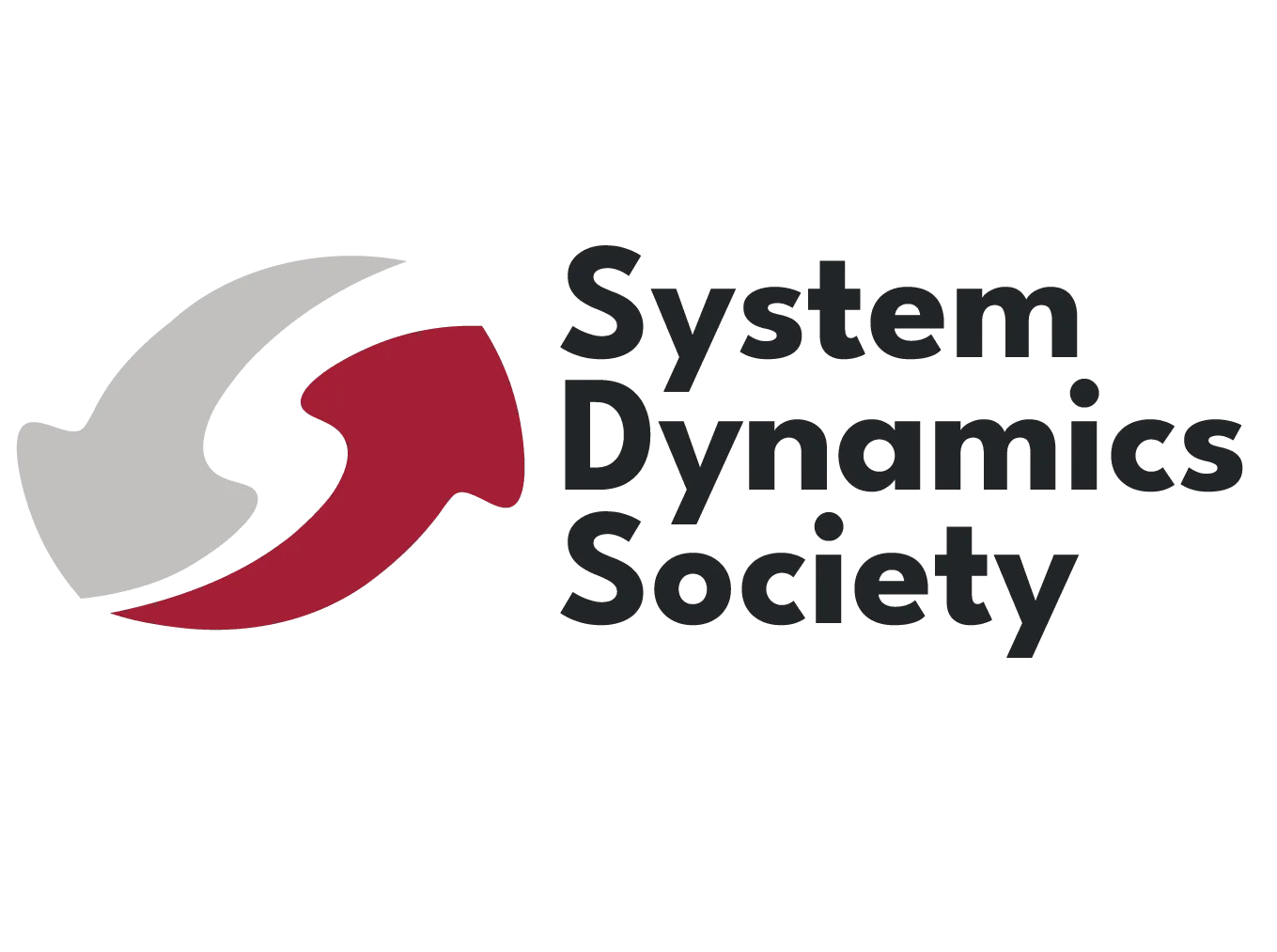This is both a ping for the board and a solicitation of comments. We’ll be going for a vote shortly.
Thanks.
Eliot

This is both a ping for the board and a solicitation of comments. We’ll be going for a vote shortly.
Thanks.
Eliot
Hi Everyone,
The report (1014) is fixed and will now download properly. There are two motions up related to this - approve the budget and approve the designated allocations. Comments are welcome where, of course, or using the other communication mechanisms.
Thanks Bob. … 20 characters… . .
Questions on budget from Jack Homer:
"Hi Eliot and Rebecca (and Paulo, Shayne, Birgit),
I was just reviewing Eliot’s 2022 budget proposal and had some rather basic questions.
I see a big increase in “Field Development” (expense 5100), rising from $2k in 2021 to $60k in 2022.
Mostly offsetting that I see anticipated increases of $6k in “Other Fundraising’ (Income 4600) and $50k in “Program Fundraising” (Income 4700).
This is all separate from the Stewardship expenses (5660) and fundraising, both projected at $59k.
In yesterday’s PC meeting, we discussed the relatively-small $10k for the Strengthening the Field Fund (STFF).
I don’t see STFF detailed in the budget proposal. Is this $10k somehow tucked inside of “Field Development”?
If so, why were we discussing only the $10k and not the rest of the $60k of Field Development ?
Also, what exactly is that Other and Program Fundraising, and what makes us think we can boost these things by $56k? These are not Stewardship pledges, clearly, but are they perhaps based on other pledges? Whose pledges are those, and how solid are they?
Thanks very much,
Jack"
Thanks for the questions.
In this budget we’re taking a broader view of how the SDS can develop the field through StFFand work with external organizations. The latter is a new move for us, and one that we will engage in only as far as revenue is secured to do so.
The specifics: The Field Development Line (5100) iof 60K ncludes two sections:
the StFF funding from endowment income of 10K. This is fully expected to be available.
It also anticipates 50K of program fundraising from external or new sources for an estimated 50K of new activities, but only if the funding is achieved (4700). There are ideas being discussed in various committees to raise funds for program activities. None of them have been realized yet. So we are treating them as a wash for now. By putting this in the budget, we’ve enabled action when the funds are obtained. The finance committee will monitor this line. The 50K of revenue is not backed by pledges. It’s backed by action taken to develop external grants and other sources of revenue.
The Stewardship funding and fundraising are also a wash, as you note. The Stewardship committee expects to break even on its immediate operational expenses next year.
Yours,
Eliot
From Jack…
"My guess is that the confusion I expressed has to do with a distinction between, let’s call it, contingent and non-contingent spending on Field Development (budgeted $60k, item 5100). By “contingent” I mean contingent on fund-raising that is (formally or informally) linked to such spending. My guess is that STFF (used to be budgeted at $20k, now $10k) is of the non-contingent type: it does not rely upon “program fundraising” ($50k, item 4700) nor “other fundraising” ($10k, item 4600)…it is something that we established as a PC and will do regardless of success in items 4600 and 4700. But, perhaps the rest of the Field Development (whatever remains of the budgeted $60k after STFF is subtracted) is in fact contingent…and would only be spent if we successfully raise the $50k and $10k of funds hoped for in items 4700 and 4600, respectively.
If this is what’s going on, it would be helpful to separate these things in the budget so we can see what’s going on. If STFF is in fact non-contingent, while the rest of Field Dev is contingent, then
(1) those things should be separated explicitly in the budget, and
(2) there should be symbols or footnotes in the budget wherever a specific line item of spending is contingent on a specific line item of fundraising"
Your interpretation of the contingent nature of part of the budget is correct. The next level of detail in the budget separates StFF from the other activities. If raising this to the summary level of reporting we use in the report is preferable, that’s easy to do next year. Proposing to include contingent funding and revenues is a new budget model for SDS. In the past we would go back to the PC and vote additional funds after the budget was passed.
Once a program becomes recurring and substantial (example: the summer school program) it might stand on its own in the budget.
We don’t have to raise the StFF funds, though, as it’s based on income from an asset designation. If the market does not produce the anticipated returns, we draw from the reserve to pay for whatever was used.
Comments will only come from members having a good knowledge of the problem, but certainly not from an ordinary member who will find difficult to understand a subject that is not very clearly exposed. Clarity and ease of understanding should be the primary purpose of any good system dynamics practician. JJ
About budget allocation, the primary effort should be to understand why at the last conference, among more than 200 papers, there was not one reporting anything about a possible or effective implementation. If the purpose of SD is to change the world, 0% of papers talking about any practical use of it in the last conference is to my opinion a real problem. JJ